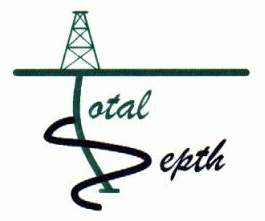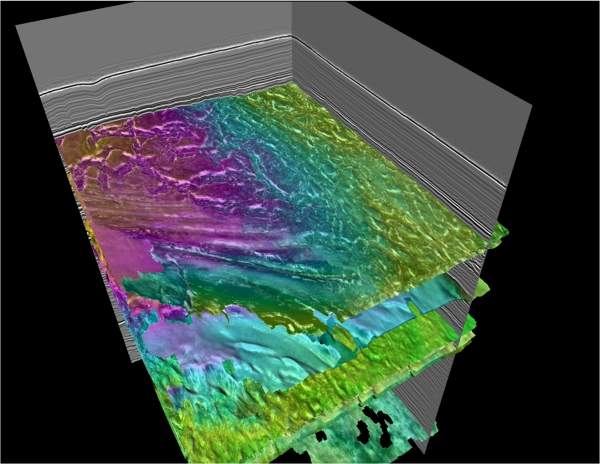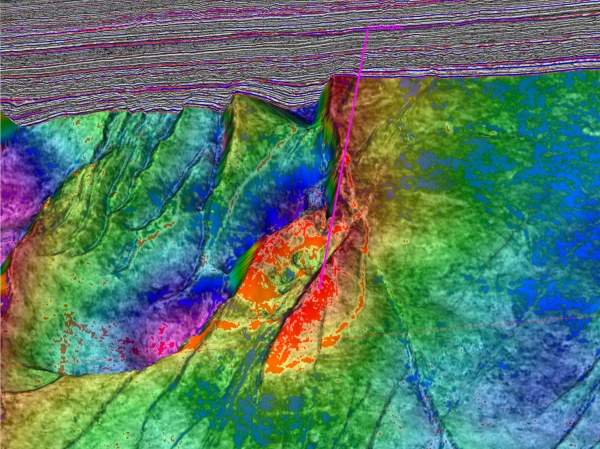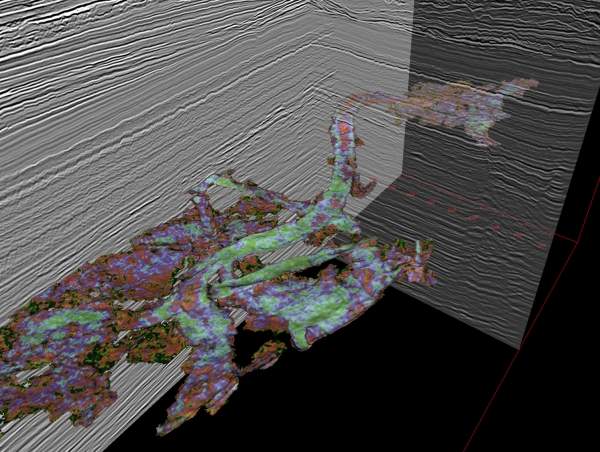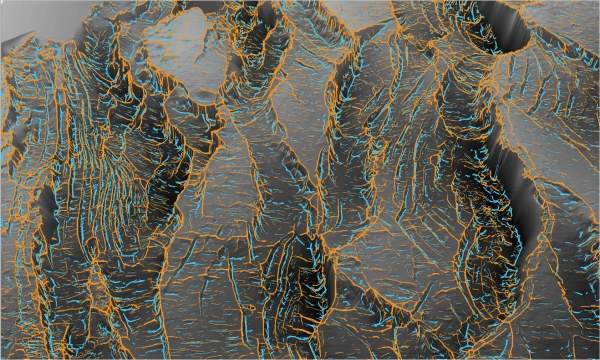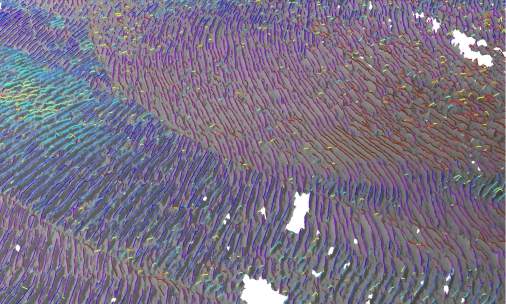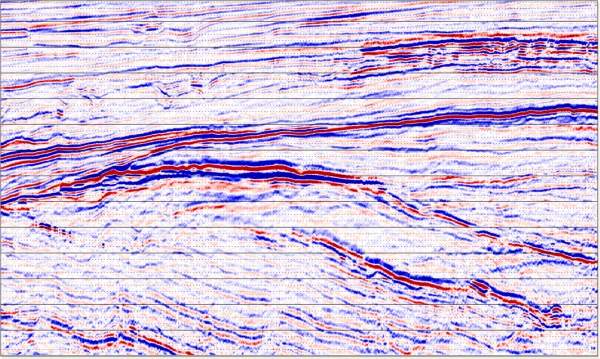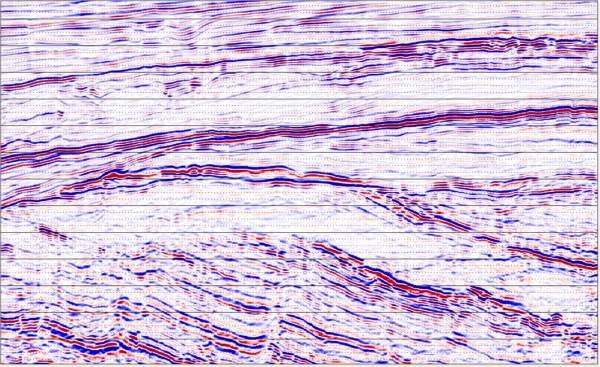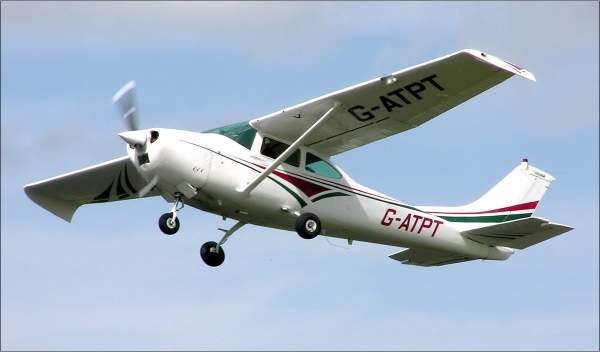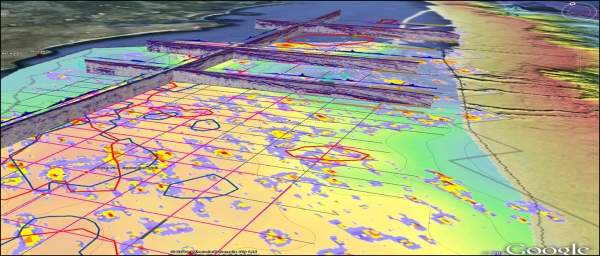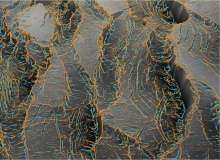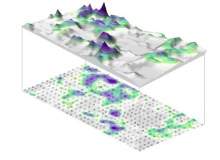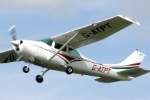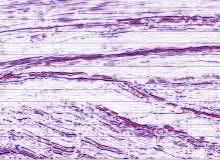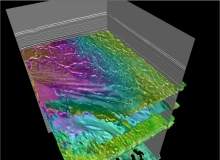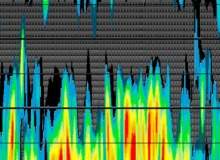
Geoscientific data is collected to help build more meaningful models of the earth. These models help form our perception of reality and the foundation upon which we make our decisions. As an industry, we spend a great deal of time and effort collecting enormous amounts of data. Traditional methods of analysing and interpreting these datasets are usually too slow and inefficient. Consequently, geoscientists often feel frustration when the models developed are only based upon very small portions of the data collected.
To address this challenge, Total Depth has partnered with independent inventors and small research groups that share this frustration and have recognised the need for new solutions. In addition to addressing many of the limitations of traditional approaches, the efficiency and insights revealed with these new solutions is something we would be keen to share and apply to your technical challenges.
Seisnetics – automated pre-interpretation processing of seismic data
Total Depth Pty Ltd has partnered with Seisnetics to provide pre-interpretation processing of seismic data. Inspired by the Human Genome Project, genetic segmentation and gene sequencing techniques are applied to process pre-stack or post-stack seismic data.
This patented process is truly global as populations of genetically similar waveforms are evolving simultaneously throughout the entire 3D seismic volumes using the same consistent mathematical criteria. Once the process has completed, a queryable spatial database of GeoPopulations accounts for virtually every peak and trough surface in the volume.
With the mechanics of identifying surfaces now fully automated, the interpreter has much more time to focus on the significance of these surfaces and whether they are an important part of the geological model.
Seisnetics pre-interpretation processing is a very efficient and effective method of analysing 100% of the available data. We have applied this pre-interpretation processing to 100s of 3D data volumes including most of the open-file 3D seismic volumes from the Australian Cooper-Eromanga Basin and Australian North West Shelf. These large databases can be purchased or used to demonstrate how these technology can be applied to large corporate databases.
GeoProxima – automated surface processing and object extraction using differential geometry for digital data
GeoProxima provides a pre-interpretation processing service for any digital surface. A fundamental property of any surface is its geometric characteristics. These geometric properties reveal features and objects not easily identifiable by visual analysis alone, providing us with a better understanding of the surface.
The analysis and parameterisation processes are automated and unbiased using this application, producing robust results without introducing high-frequency coherent noise (common to traditional methods).
Moreover, the geometric characteristics of each and every surface attribute analysed is delivered in a queryable database. Using simple SQL queries, the user can identify, extract and quantify objects of interest. The user can also look at many surfaces simultaneously by creating optical vertical stacks highlighting geometric properties that extend across multiple surfaces such as faults, fractures, complex deformation, anticline, synclines and collapse.
Regardless of whether the data surface is sourced from potential fields, ortho-photogrammetry or thousands of surfaces from a Seisnetics 3D spatial database, GeoProxima processing will identify and quantitatively extract geometric objects quickly and accurately. Often, many of these extracted objects are extremely difficult to visualise and extract using traditional methods.
Post-stack seismic processing
Total Depth has been using a suite of powerful tools developed by Signal Estimation Technology (SET) for 20 years. SET’s noise attenuation, spectral shaping, spectral analysis, inversion and pattern recognition techniques have inspired many geophysicists and organisations interpreting seismic data.
Seismic data enhancement: the analysis of any dataset is limited by its signal-to-noise ratio (SNR). When signal equals noise the data cannot be effectively dealt with. Improving the SNR of data helps Total Depth do more with the data extracting additional information.
With better SNR, companies can recover more bandwidth and higher peak frequencies from the data, enabling more detailed stratigraphical and structural interpretations.
Airborne audio electromagnetics using passive transient pulses (AEM-PTP)
In collaboration with Pinemont Technologies, Total Depth provides passive airborne acquisition and processing of AEM-PTP data. The AEM-PTP technology measures a geophysical response to reduction and oxidation (REDOX) activity associated with upward fluid flow. This is often the result of outgassing from a hydrocarbon accumulation or in response to the upward flow of hydrothermal fluids (mineral deposits and geothermal).
The technique is effectively an ‘E’ field version of the audio frequency magnetics (AFMAG) system developed by Stanley Ward. Consequently, this patented technology is very portable and lightweight only requiring a small ‘E’ field antenna that can be deployed in a wide range of aircraft.
We have collected data from various oil and gas fields and the results successfully integrated with gravity, magnetic, electromagnetic and radiometric readings.
Total Depth summary
Total Depth provides a range of services to the resources sector (petroleum, coal and minerals) including; data collection, processing and interpretation. Depending on the client’s requirements, the available information and the project’s technical objectives, Total Depth will apply hybrid workflows created from existing and new technologies. Through this methodology Total Depth is able to provide a unique prospective to any exploration project and can independently develop or validate geo-models that will assist in addressing technical challenges.
Some of our linked companies include Seisnetics Pty Ltd, GeoProxima Pty Ltd, Signal Estimation Technology Inc. and Pinemont Technologies Australia Pty Ltd.

